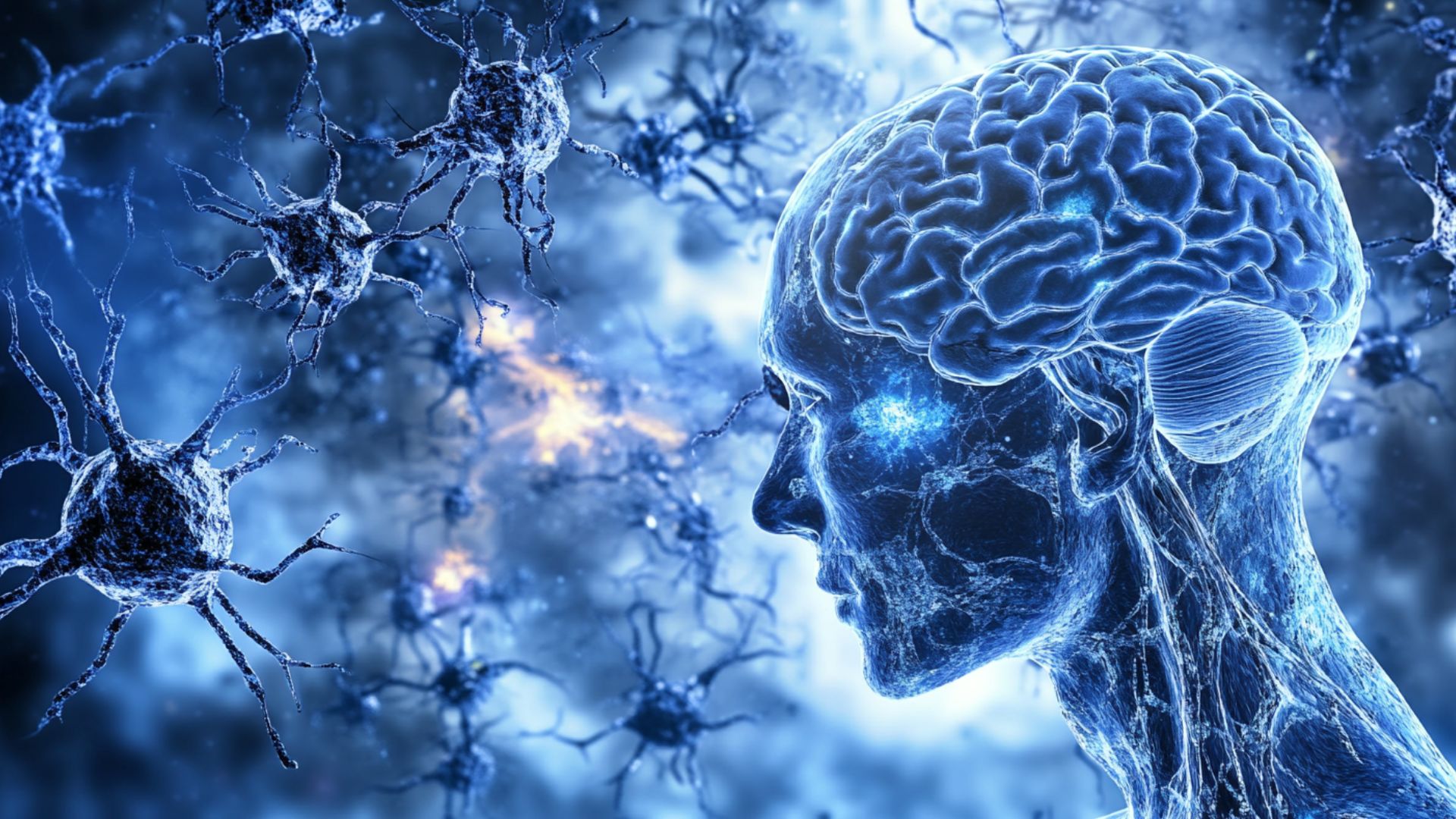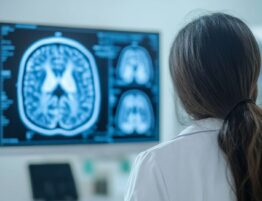Alzheimer’s disease casts a long, painful shadow over millions of lives across the globe. It is a slow, relentless thief, stealing memories, personalities, and independence. The impact extends beyond the individual to entire families and communities who become caregivers.
For decades, it felt like an unstoppable force — a cruel part of aging with no real hope for a cure. But today, a shift is happening. Scientists, doctors, and researchers are working with renewed urgency and purpose. The field of Alzheimer’s disease research in 2025 is bustling with activity, driven by a deeper understanding of the brain and the disease itself.
This research is no longer just about understanding what goes wrong; it’s about finding a way to rectify the issue. The focus has shifted from management to treatment, and from treatment to prevention. The goal is to bring new hope to those who need it most and to find effective ways to combat this devastating condition.
New Treatments for Alzheimer’s
For many years, the options for people with Alzheimer’s were limited to drugs that only helped with symptoms for a short time. Now, the landscape is changing as a new wave of therapies emerges, focusing on the root causes of the disease rather than just the symptoms. These new treatments for Alzheimer’s result from significant breakthroughs in understanding the biological processes involved.
One of the most promising areas is immunotherapy, which utilizes the body’s own immune system to clear toxic proteins, such as beta-amyloid, that accumulate in the brain. Think of it like a biological cleanup crew. These treatments, such as monoclonal antibodies, are designed to bind to and help remove these harmful plaques. While not yet a cure, they’re showing potential to slow down disease progression in some patients.
Another area of focus targets tau, a different protein that forms tangles inside brain cells. Researchers are developing treatments that target these tangles, aiming to stop the spread of damage from cell to cell. The future will likely involve a combination of therapies — a multi-pronged attack that addresses both amyloid and tau, and perhaps other factors as well. It’s an exciting time filled with new possibilities for patients and their families.
Alzheimer’s Early Detection
One of the biggest challenges in fighting Alzheimer’s has always been its insidious nature. By the time symptoms like memory loss become apparent, the disease has often been affecting the brain for years or even decades. That’s why early detection of Alzheimer’s is such a critical area of focus.
Imagine being able to detect the first signs of the disease long before any memory issues appear. This is no longer science fiction. Researchers are developing simple blood tests that can detect the presence of beta-amyloid and tau proteins in the blood. These tests are far less invasive and significantly cheaper than traditional methods, such as PET scans or spinal taps. With a simple blood draw during a regular check-up, doctors might soon be able to screen for a person’s risk.
This early detection capability would allow for intervention at a much earlier stage, before significant brain damage has occurred. Early detection is a game-changer because it allows doctors to try to slow the disease with new medications when they’re most likely to be effective, or to help people make lifestyle changes that can reduce their risk. It’s about getting ahead of the disease rather than playing catch-up.
Latest Alzheimer’s Studies
Recent research is shedding new light on the complexities of Alzheimer’s. The latest Alzheimer’s studies are moving beyond just amyloid and tau to explore other potential causes and risk factors. Scientists are examining everything from brain inflammation to the role of genetics in the development of the condition.
For example, some studies are investigating the connection between gut bacteria and brain health — a field known as the gut-brain axis. It’s a surprising link, but one that could offer new avenues for treatment. Others are exploring whether existing drugs, such as those used to treat blood pressure or diabetes, might have a protective effect against Alzheimer’s.
A great deal of recent research is also focused on understanding why the disease affects people differently. Some individuals with amyloid protein buildup never develop the disease, and researchers want to know why. The answers could hold the key to new treatments.
This diverse approach is a sign of a maturing field where researchers are no longer concentrating all their resources into a single strategy. Instead, they’re exploring every possible angle to find a way to stop this disease.
Future of an Alzheimer’s Cure
The quest for a cure for Alzheimer’s is a long road, but the destination is starting to look clearer. We might not have a single “magic bullet” cure in the near future, but the future of Alzheimer’s cure is likely to involve a combination of different approaches. Think of it like cancer treatment, where patients often receive a mix of chemotherapy, radiation, and targeted drugs. Similarly, future Alzheimer’s treatment might involve a cocktail of medications designed to:
- Clear out toxic proteins like amyloid and tau
- Reduce brain inflammation
- Protect neurons from damage
- Boost cognitive function
This holistic approach recognizes that Alzheimer’s is a complex disease with multiple contributing factors. The ultimate goal isn’t just to stop the disease but to reverse the damage it has already caused. We’re not there yet, but the progress is undeniable.
Researchers are working on neuro-regenerative therapies that could help the brain repair itself. Imagine being able to regrow lost connections or create new ones. This is an ambitious goal, but with our growing knowledge of the brain’s plasticity, it may not be as far off as we once thought. The focus is shifting from simply slowing the decline to restoring a person’s quality of life. The road to new treatments for Alzheimer’s is challenging, but the hope of a cure is more real than ever before.
The Role of Technology in Alzheimer’s Research
The fight against Alzheimer’s is being supercharged by technology. Digital tools and artificial intelligence (AI) are no longer just playing supporting roles — these tools are becoming central to the research story. AI can analyze massive amounts of data far beyond any human capacity, identifying patterns and connections that we might otherwise miss. It can help identify new drug candidates or predict which patients are at a higher risk.
For instance, AI algorithms can analyze brain scans and other medical data to detect subtle changes that might escape a doctor’s eye, helping to spot the disease earlier. But technology’s contribution goes beyond powerful computers. Wearable devices and smartphone apps also play a crucial role in collecting data about a person’s behavior in their natural environment.
According to Alzheimer’s disease research 2025, they can track things like:
- Sleep patterns – Poor sleep is a known risk factor for Alzheimer’s
- Physical activity – A drop in daily steps could be an early sign of cognitive decline
- Social interaction – Changes in communication patterns can indicate mental health shifts
This kind of real-world data is incredibly valuable because it provides a richer, more complete picture of how the disease affects a person’s life, not just how it appears on clinical tests. Technology is making research more efficient and precise, allowing scientists to build more accurate disease models and test new ideas faster than ever before. It’s an exciting partnership between human ingenuity and technological power, working together to defeat a common enemy.
Conclusion and Patient Hope
As we look at the incredible progress being made, it’s easy to feel a renewed sense of optimism. The journey to a cure for Alzheimer’s is not just a scientific pursuit — it’s a human one. It represents a promise to the countless people living with this disease and to their families who stand by them. The work being done today, from high-tech labs using AI to clinical trials testing new treatments, is all driven by a singular purpose: to restore hope.
We’re witnessing breakthroughs that were unimaginable just a decade ago. New treatments are on the horizon, better detection methods are being developed, and our understanding of Alzheimer’s early detection is continually deepening. This shift from despair to determination is perhaps the most important change of all.
For patients and families, this means that every new study, every new drug trial, and every new piece of technology brings us one step closer to a future where Alzheimer’s is no longer a terminal diagnosis. It may still be a long road, but for the first time in a long time, we are truly on our way.











Please, leave your review
Write a comment: